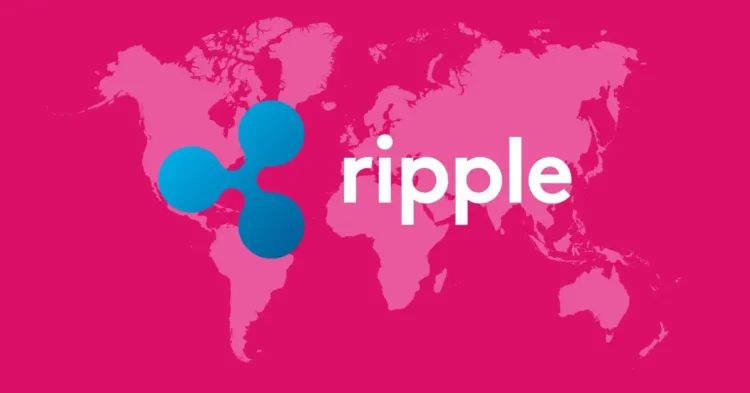Recent conversations within the crypto community, particularly those led by a notable figure known as Crypto Tank, have reignited the debate surrounding the potential for XRP to reach a striking $1,000 valuation. Crypto Tank posits that skepticism about this ambitious target often arises from a fundamental misunderstanding of XRP’s utility within the global financial ecosystem.
Understanding XRP’s Utility in the Global Financial System
To grasp how XRP could achieve such high valuations, it’s crucial to delve into its impact on global finance, especially when compared to existing systems like SWIFT. The SWIFT network, which facilitates international bank messaging, manages an astonishing $5 to $7 trillion in daily transactions. However, it’s important to note that SWIFT’s service is limited to messaging and does not include the actual settlement of these transactions, a process that can be both costly and time-consuming.
Currently, each SWIFT transaction can cost anywhere between $20 and $50, with settlement times extending over several days. In stark contrast, XRP offers the capability to streamline both messaging and settlement processes to mere seconds, and at a fraction of the cost. This efficiency could potentially save financial institutions hundreds of billions of dollars annually.
Growing Demand for XRP
As financial institutions begin to recognize these substantial savings, the demand for XRP is anticipated to skyrocket. Should just 10% of SWIFT’s daily volume be processed through XRP, that would translate into approximately $500 billion in transactions each day. Additionally, major financial entities such as JP Morgan and Bank of America contribute trillions in daily volumes, further highlighting XRP’s immense market potential.
The Path to $1,000
The value of XRP is intrinsically linked to its ability to support high-volume transactions. Crypto Tank suggests that the circulating supply of XRP—currently around 56 billion tokens—may not fully represent the available liquidity. A significant portion of these tokens is held in escrow by Ripple, which leaves a smaller amount available for transactions. If only 10 billion XRP were allocated to liquidity pools, each token would need to be valued at approximately $100 to support a $1 trillion pool.
Crypto Tank elaborates, “So divide $1 trillion in value/volume by 10 billion and you get a $100 XRP needed to facilitate that $1 trillion in value. This is why XRP has to be very high to move just 10% of SWIFT’s daily volume. When you start adding the other banks in, it gets crazy how high XRP will go.”
Conclusion
The path to a $1,000 XRP is undoubtedly ambitious but not entirely out of reach. As the global financial system continues to evolve, the efficiency and cost-saving benefits offered by XRP could drive its demand and valuation to unprecedented heights. While skepticism remains, the potential for XRP to revolutionize the financial landscape makes it a fascinating asset to watch.











